
のどか会計事務所
- 公認会計士・税理士・行政書士事務所
- サービス提供地域:全国
- 営業時間:火~金 10:00~16:00
- 代表者:小野 好聡
- 〒533-0021
大阪府大阪市東淀川区下新庄2丁目13−20 - インボイス登録番号:T7810142329217

のどか会計事務所


















![【開業前必見】地域別訪問看護ステーション数人口比調査[2024年8月版]のアイキャッチ画像](https://nodokaya.jp/nodoka_kaikei/wp-content/uploads/2024/09/【開業前必見】-地域別訪問看護ステーション数-人口比調査-1024x576.png)
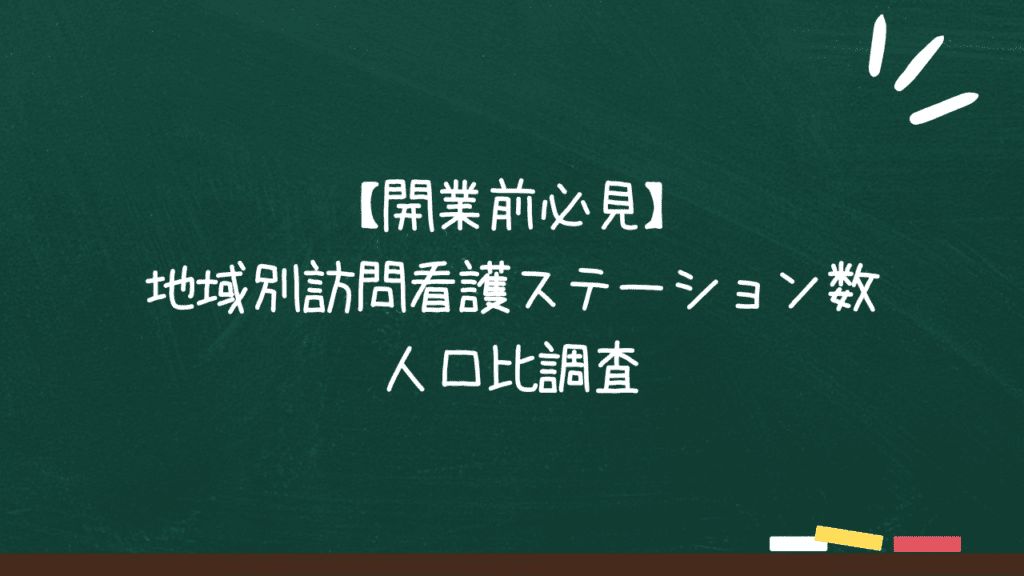

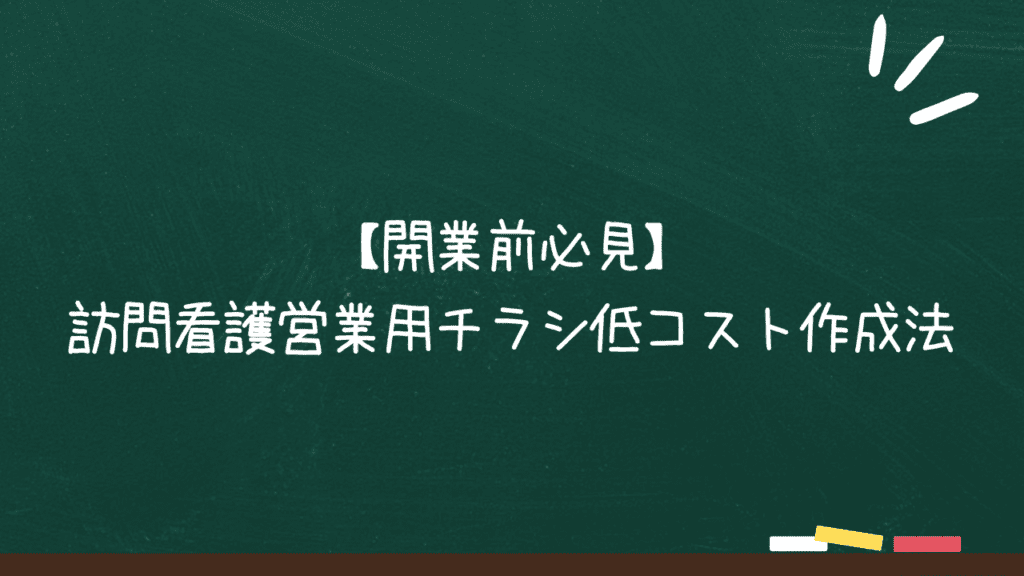























とは-1024x576.png)
とは-1024x576.png)
とは-1024x576.png)
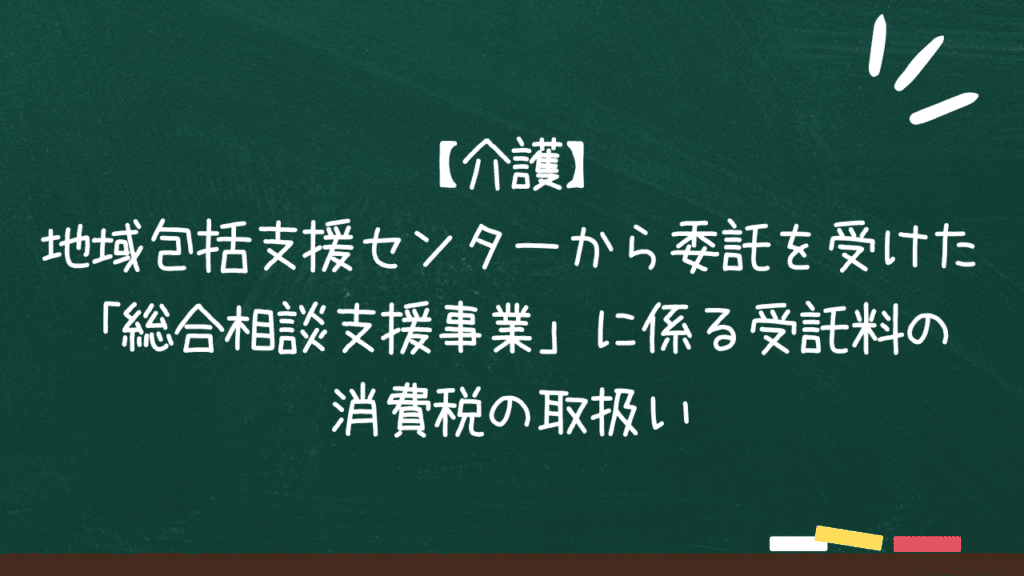


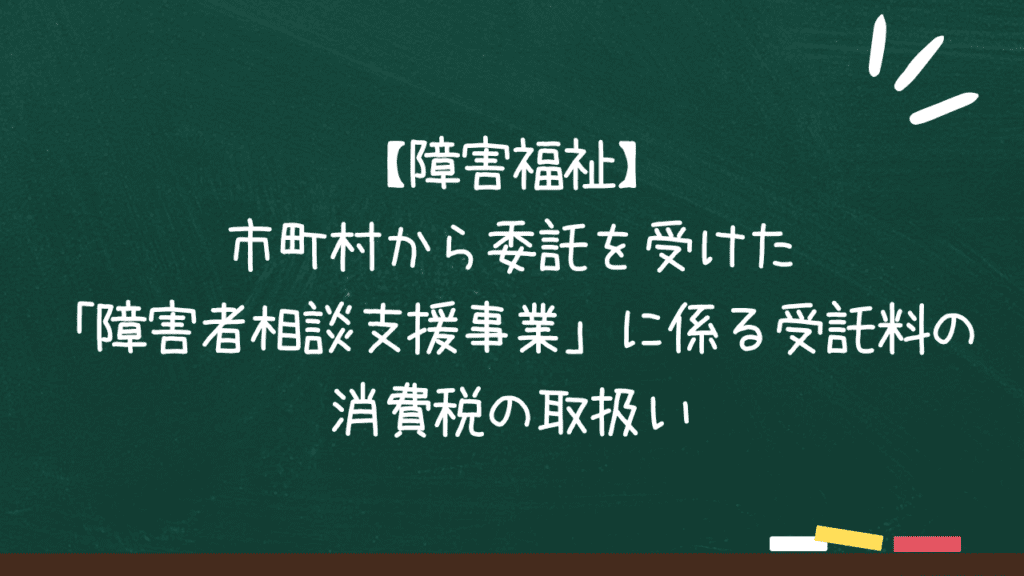


Launched in April 2000, Japan’s Long-Term Care Insurance (介護保険制度, Kaigo Hoken Seido) system represents a fundamental pillar of the nation’s social security framework. Conceived in response to the country’s rapidly aging population, its primary objective is to provide societal support for elderly individuals requiring care and their families. The system is built upon core principles emphasizing the maintenance of dignity for the elderly, enabling them to live independently for as long as possible (jiritsu shien, 自立支援), and alleviating the burden on family caregivers. This marked a significant paradigm shift, moving away from a model where care was predominantly a private family responsibility (often falling on women) towards a system based on social solidarity and shared responsibility.The concept of “support for independence” (jiritsu shien) is central, focusing not just on assisting with daily tasks but on maximizing the elderly individual’s existing capabilities to maintain and improve their autonomy. Furthermore, the “user-centered” (riyousha hon’i, 利用者本位) principle empowers individuals to choose from a diverse range of health, medical, and welfare services offered by various providers, tailored to their specific needs and preferences. The introduction of the LTCI system was a national response to profound socio-economic shifts, aiming to establish a sustainable care infrastructure. However, it inherently involves navigating the balance between promoting independence and providing necessary support to those certified as needing care or assistance. This balance is constantly evaluated during the eligibility assessment (Chapter 4) and care planning (Chapter 5) processes.
契約に関するご相談は無料です。こちらからご予約ください。
面談方法は、Zoomによるオンライン面談となります。
はじめての方でも簡単にご利用いただけますのでご安心ください。
まずは以下のボタンからお申し込みください。
ご記入いただいたメールアドレス宛に事前ヒアリングシートのURLをお送りいたします。
面談に先立って事前ヒアリングシートへのご記入をお願いいたします。
ご記入いただいた事前ヒアリングシートに基づいて、面談時にヒアリングを実施致します。
ヒアリング内容に基づいて、お見積りをいたします。
お見積り内容に合意いただけた場合は、ご契約の手続を進めさせていただきます。
その他のお問い合わせはこちらから
【全国対応】
運営基準で要求される
\就労支援会計・区分会計に対応!/
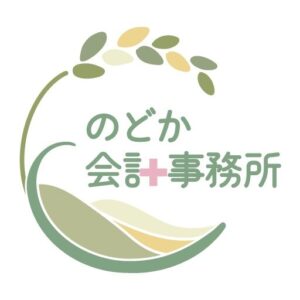
介護・障がい福祉に強い! コスパ抜群の定額制! 創業期・小規模を応援! 記帳代行で負担軽減! 全国対応! 税理士が直接対応! 融資に強い! MFクラウド専門!
